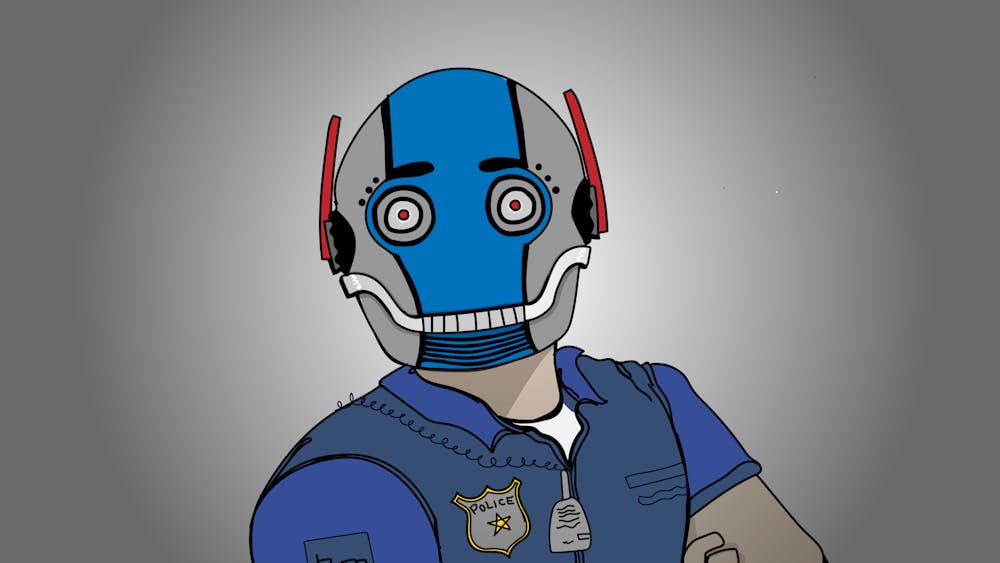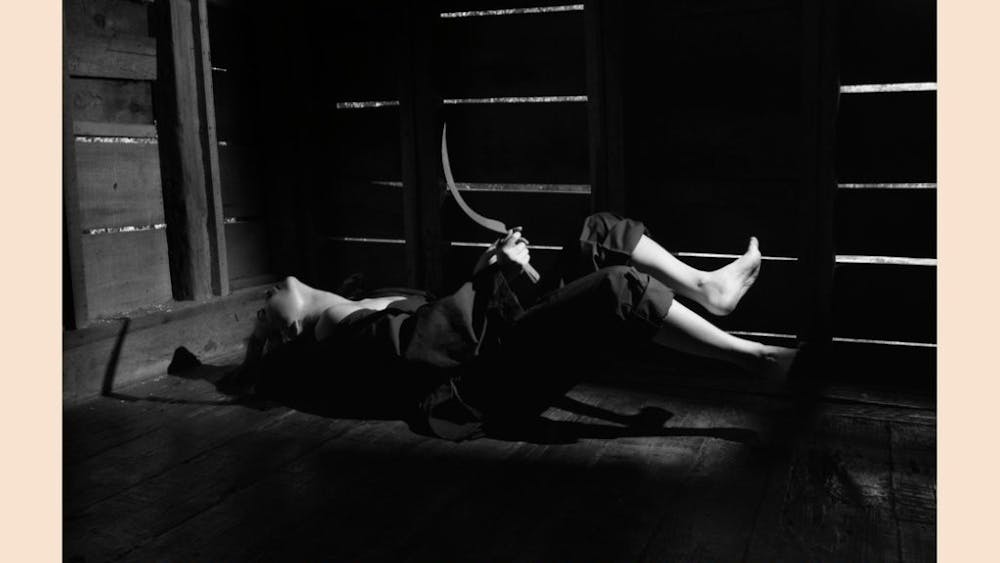Freelance journalist Amanda Hess kicked off the New Year with a fiery essay in the Pacific Standard magazine about her experience with online harassment.
She recounted an instance during which she received a series of sexual and hostile tweets, culminating in this threat — “You are going to die and I am the one who is going to kill you. I promise you this.”
When I read Hess’ article for the first time, I was horrified and completely taken by surprise. I know that misogynistic creeps lurk around the Internet, and sometimes they stalk and harass people. However, I had never considered the possibility that this harassment could lead to threats of violence, rape and even death.
Of all the people who experience online harassment, the vast majority are women. A whopping 72.5 percent of people who reported online abuse between 2000 and 2012 were women. Most high-profile victims of online harassment are female journalists, reporters, bloggers and editors. However, other women in the public sphere are not free from the attention of these creeps, either.
Texas state Sen. Wendy Davis, D-Fort Worth, received a particularly vile string of tweets from the former Executive Director of South Carolina’s Republican Party, Todd Kincannon.
Included in the barrage of insults was “The best thing about the Wendy Davis fiasco is this: It proves that you can still call a whore a whore. Feminazis ain’t won yet, my friends.” And “In other news, Wendy Davis took a short break from blowing ‘campaign contributors’ today to condemn remarks made by Mike Huckabee ...”
Vitriol expressed toward women is nothing new, and name-calling and hateful language has been around since we can remember. However, that doesn’t make it acceptable for society to tell the victims of online harassment to just “ignore” threatening or offensive comments or tweets they receive.
Unfortunately, that is exactly the response Amanda Hess received after reporting her experience of harassment on Twitter to the authorities.
Back in the days before the Internet, when people made threats to rape or kill someone, it was usually possible to get a restraining order against them. But because the legal system has yet to evolve with the technology and figure out a way to respond productively to anonymous online threats, victims of harassment on the Internet are especially vulnerable.
Misogynistic slime on the Internet comes from deep, dark and isolated crevices that breed hatred and choke out tolerance.
It’s our job in an interconnected society to shine a light on this scum and make it widely known that harassing people online, female or otherwise, is unacceptable. As former Supreme Court Justice Louis Brandeis said, “Sunlight is said to be the best of disinfectants.”
I want to be part of an Internet that doesn’t accept harassment as a fact of life. I want to feel safe and comfortable having a public online presence, even though I am a woman.
In order for these things to happen, we have to shine our collective high beam headlights on the creeps, and watch the sunlight disinfect the Internet of its intolerance and hatred.
—sydhoffe@indiana.edu
Follow columnist Sydney Hofferth on Twitter
@squidhoff10.
Disinfecting the Internet
Get stories like this in your inbox
Subscribe





